Day of the Western Sunrise
By Keith Reimink
Daliborka Films, 2018
76 minutes, DVD, Color
Japanese language with English subtitles
By Angie Stokes, with Keith Reimink
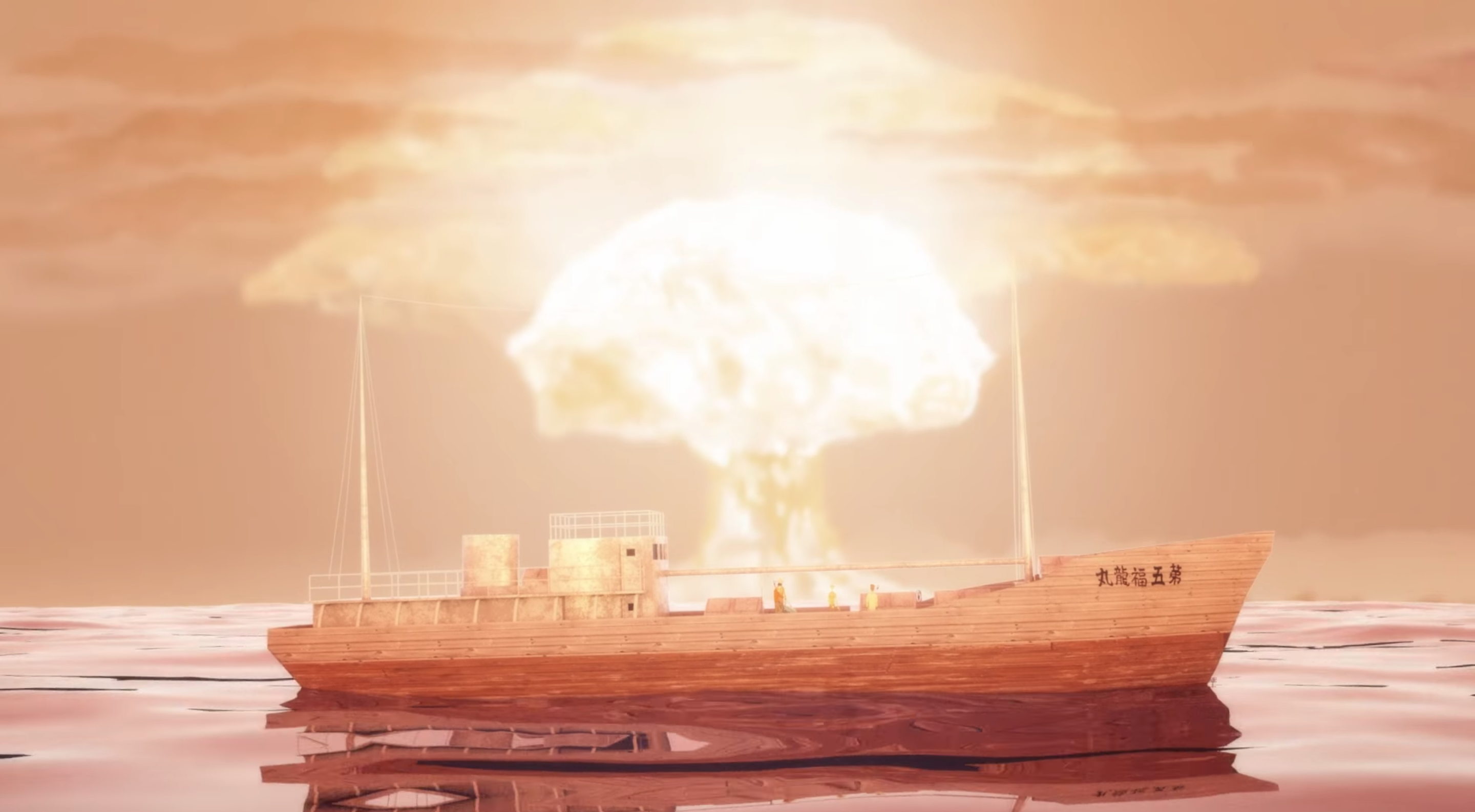
Day of the Western Sunrise is a Japanese-language, English-subtitled, animated documentary film that follows three surviving crew members of the Daigo Fukuryu Maru (Lucky Dragon No. 5). On March 1, 1954, this small wooden Japanese tuna fishing vessel was exposed to the United States’ Castle Bravo thermonuclear test near the Bikini Atoll in the Pacific, where it stood eighty-five miles away from the epicenter of the blast. Because pictures of Hiroshima and Nagasaki had circulated widely in newspapers and movie theaters, the fishermen knew they were witnessing the detonation of a nuclear weapon when a brilliant orange and red sky gave way to a gigantic mushroom cloud. After that instant, the lives of these twenty-three Japanese fishermen would never be the same.
The filmmaking process for Day of the Western Sunrise took place over a four-year period and included interviews of three surviving crew members in Japan, footage translation, and the reworking of rough pencil drawings that would eventually become the final animations. The film uses a kamishibai-inspired paper and digital animation process to retell the stories of the fisherman. By employing a very popular storytelling method from postwar Japan, this documentary film provides an effective means of telling the story while paying homage to a Japanese tradition. Additionally, the use of animation alongside in-person interviews to retell historical events helps engage the audience with a more intimate story from those who experienced the events firsthand.
The Survivors
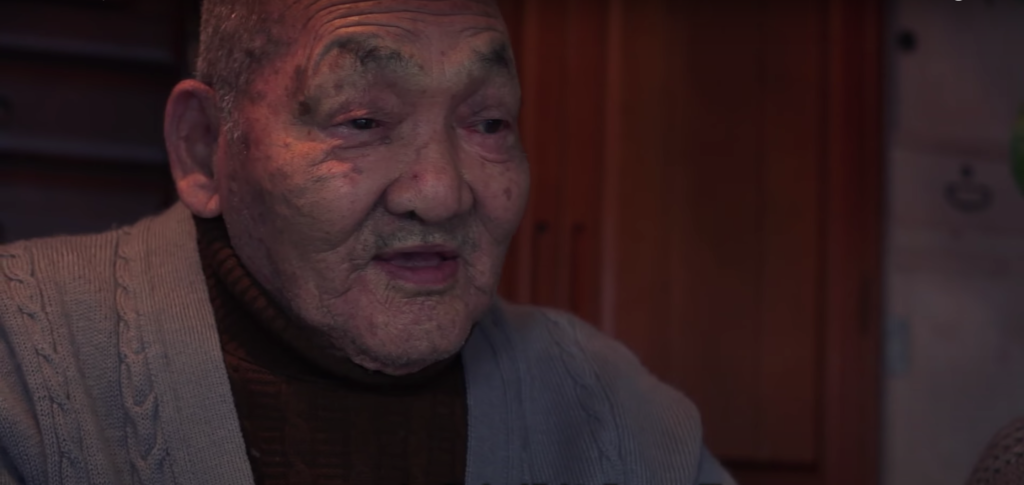
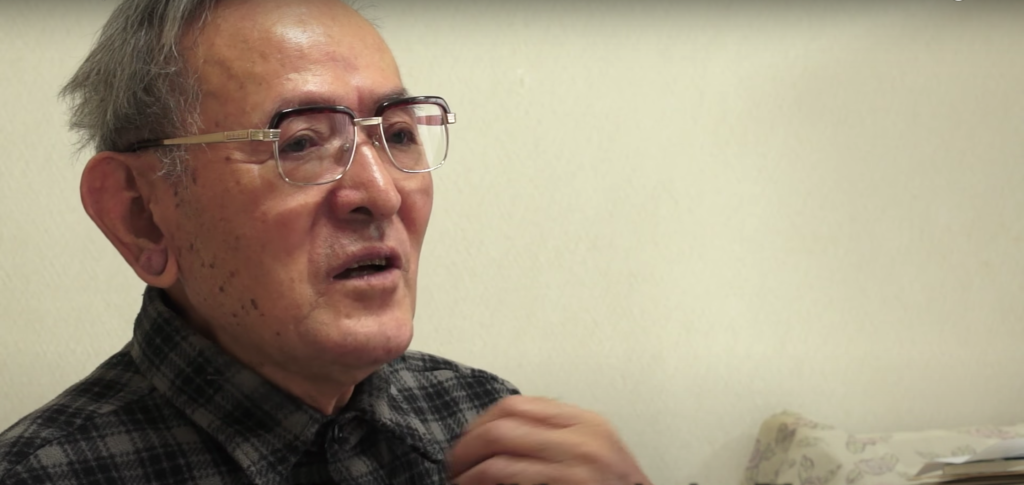
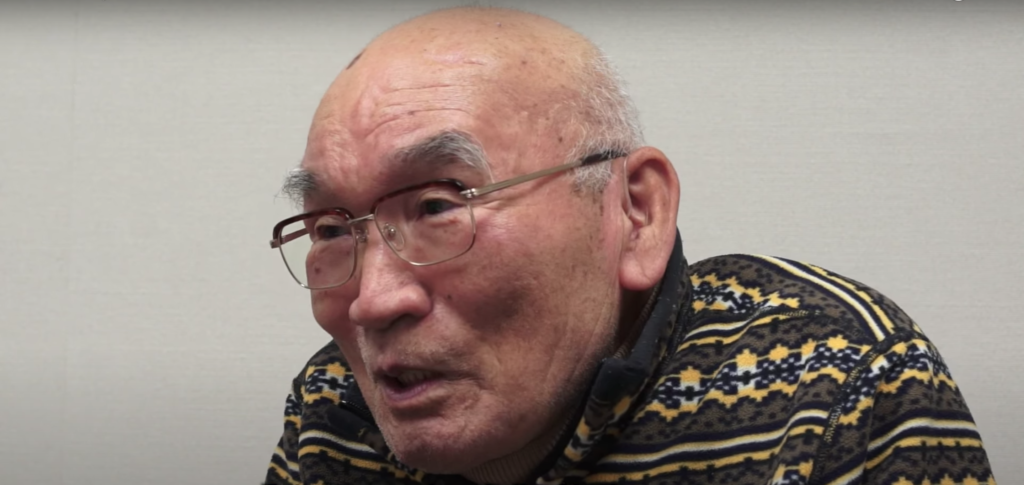
Film Director Keith Reimink worked with a team of teachers from the University of Pittsburgh’s National Consortium for Teaching About Asia (NCTA) to realize the possibilities of sharing the stories of the Lucky Dragon No. 5 survivors with students. The product of this collaboration is a fifty-two-page curriculum titled “Day of the Western Sunrise: A Kamishibai-Inspired Documentary Film Educational Toolkit,” targeted for middle school and high school teachers across a variety of disciplines. The film and accompanying educational toolkit provide a means for students to come to grips with the very human and personal side of postwar Japan and the long-term legacy of nuclear weapons. Through this documentary film and toolkit, teachers have access to an important way of helping future leaders better understand the impact of history and their role in shaping a better future.
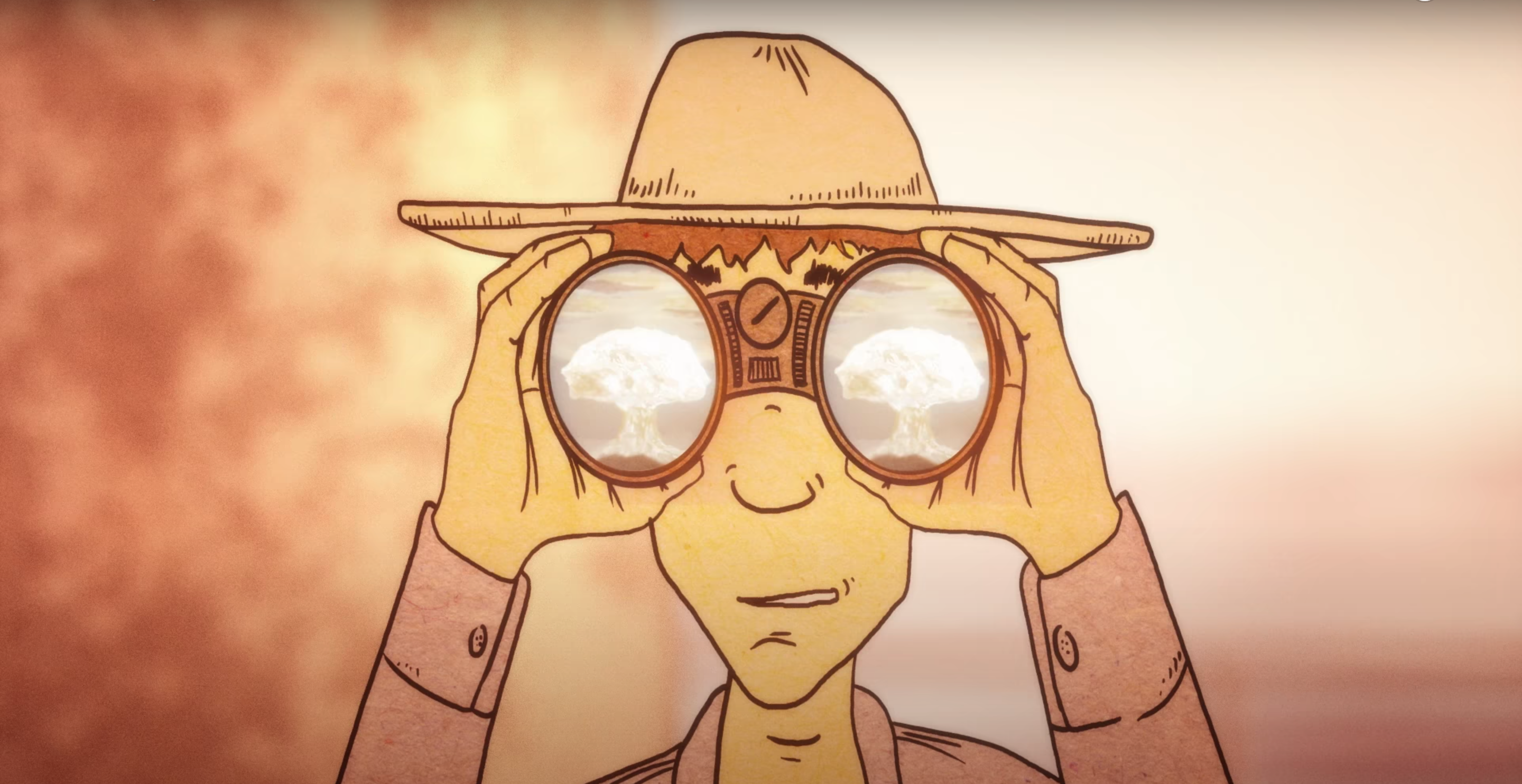
For more information about the film and educational toolkit, please visit http://daliborkafilms.com/.

